Silent comics, or comics without any dialogue, are infrequent yet incredible. These comics find a way to tell a story without uttering a single word, instead using the artistic medium to convey the meaning, emotion, and plot. When done right, it can make for an impactful story that lingers with readers for years. Some of the most memorable stories in comic history are silent, sliding into iconic series such as Hawkeye and G.I. Joe. The best part about these stories, aside from their lasting impact, is that they cover a broad depth of sentiments and genres. In other words, there’s something for everyone, making them all worth the read.
Videos by ComicBook.com
Silent comics have been around for decades, literally. The first groundbreaking issue was in 1968; several publishers have experimented with the concept since then. For Marvel Comics, there was even a silent comic movement in 2002 called ‘Nuff Said, where comic creators had to create a story without dialogue. Naturally, this added several stories to the silent comic archives.
Nick Fury, Agent of SHIELD #1 (1968)
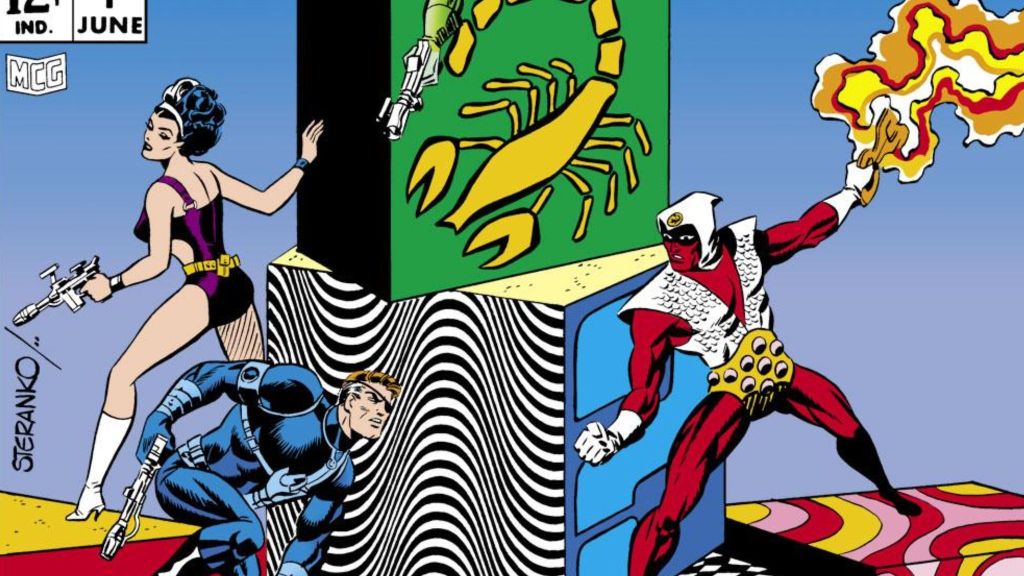
It’s only right to start this list with the first silent issue, Nick Fury, Agent of SHIELD #1. Created by Jim Steranko, Joe Sinnott, and Stan Lee, this comic was groundbreaking for several reasons. It was the first full-length book under Jim Steranko’s control, and he celebrated by taking a few new risks. The other outstanding element is the silent introduction. Yes, this does mean that the entire comic wasn’t silent, but given that it’s a first, it still deserves the credit. The first three pages of Nick Fury, Agent of SHIELD #1, are silent, showcasing Nick Fury’s daring attempt to infiltrate a fortress. The lack of dialogue helped hammer home the drama and tension.
It’s Jeff! Infinity Comic #1 (2021)
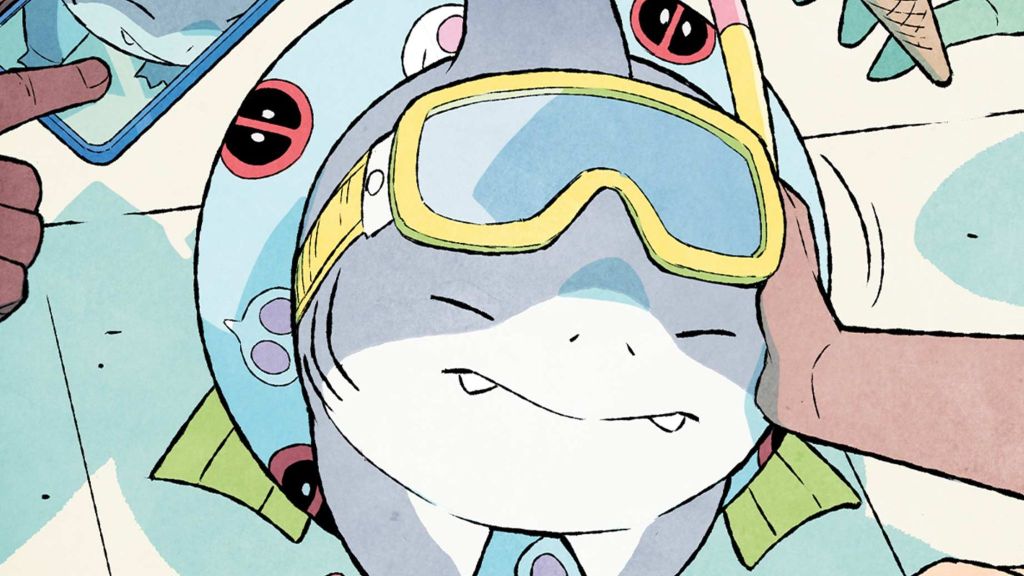
Not every silent comic has to be heavy or groundbreaking, as evidenced by It’s Jeff! Infinity Comic #1. In truth, this is the first of several (45 and counting) comics surrounding the lovable Land Shark, and readers aren’t complaining. Created by Kelly Thompson and G Gurihiru, Jeff’s first Infinity adventure involves a day at the pool. This isn’t the first (or last) time Marvel has portrayed a story from a beloved pet’s perspective, but it’s quite possibly the most charming. The story is entirely silent, but it somehow squeezes in dozens of small references, not to mention dozens of fan-favorite heroes enjoying a day at the pool. Other comics in the series give Jeff more one-on-one time with some of his favorite humans, including Gwenpool and Kate Bishop.
Hawkeye #19 (2012)

There’s no denying the impact Matt Fraction had on Hawkeye’s series. He took this hero to a whole new level. Not only were his stories groundbreaking, but he found new ways to humanize the character, making his story real and raw in ways rarely seen in the comic book world. This resulted in many iconic moments, such as the events in Hawkeye #19. While entirely silent, this comic contains American Sign Language (ASL) and other communication indicators with a different lens. David Aja’s artwork brought the entire story to life, portraying a hero adjusting to a few changes. None of the sign language is translated, flipping the script and forcing readers to consider a life where the world doesn’t worry about basic accommodations.
New X-Men #121 (2002)
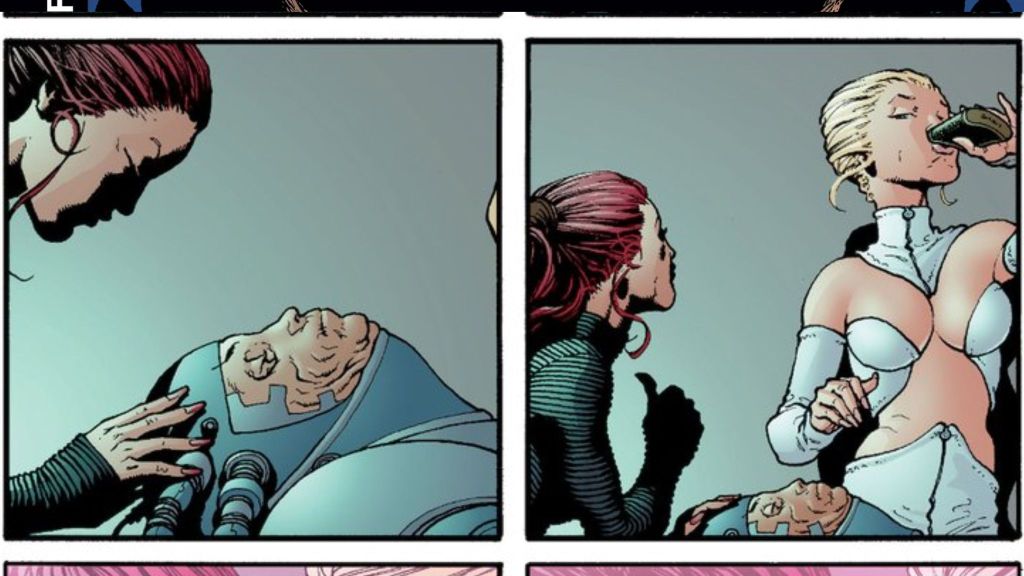
Given the popularity of X-Men comics, it’s no surprise that this series was among several to dive into Marvel’s ‘Nuff Said theme. Created by Grant Morrison and Frank Quitely, New X-Men #121 is an adventure featuring Emma Frost and Jean Grey. Notably, these two powerful psionics are going up against another indomitable force, the one and only Cassandra Nova. The mission takes place in Cassandra Nova’s mind, explaining the more silent nature of the story. The story explores the silent format and puts female leads and villains at the forefront, all while showcasing a non-combative solution to a common X-Men problem (kidnapping).
G.I. Joe: A Real American Hero #21 (1984)
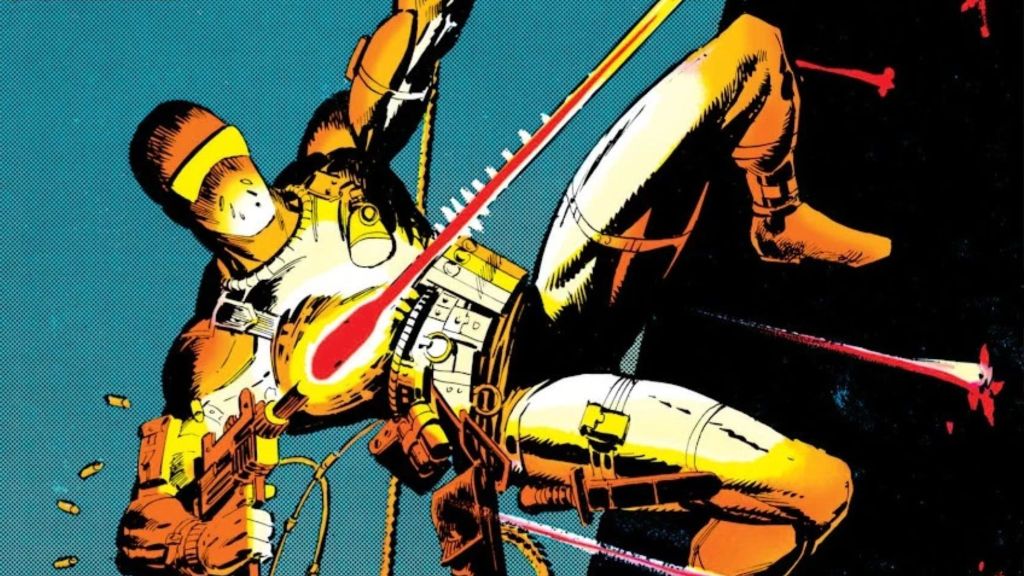
There’s a little-known rule that silent action just hits harder. This helps to explain G.I. Joe: A Real American Hero #21, titled “Silent Interlude.” This is one of several silent G.I. Joe issues (others include G.I. Joe Yearbook #3 and G.I. Joe #85), proving that the silent format jives with G.I. Joe comic adventures. This particular issue involves a kidnapping and daring rescue mission, complete with silent infiltration into a castle. It’s easy to see why it worked well, even without dialogue. Interestingly, many readers thought there was a printing mistake when this issue was first released, but no – the lack of dialogue was 100% intentional.
[RELATED: New G.I. Joe Ongoing Series Set in Transformer’s Energon Universe Announced]
Hawkeye #11 (2012)
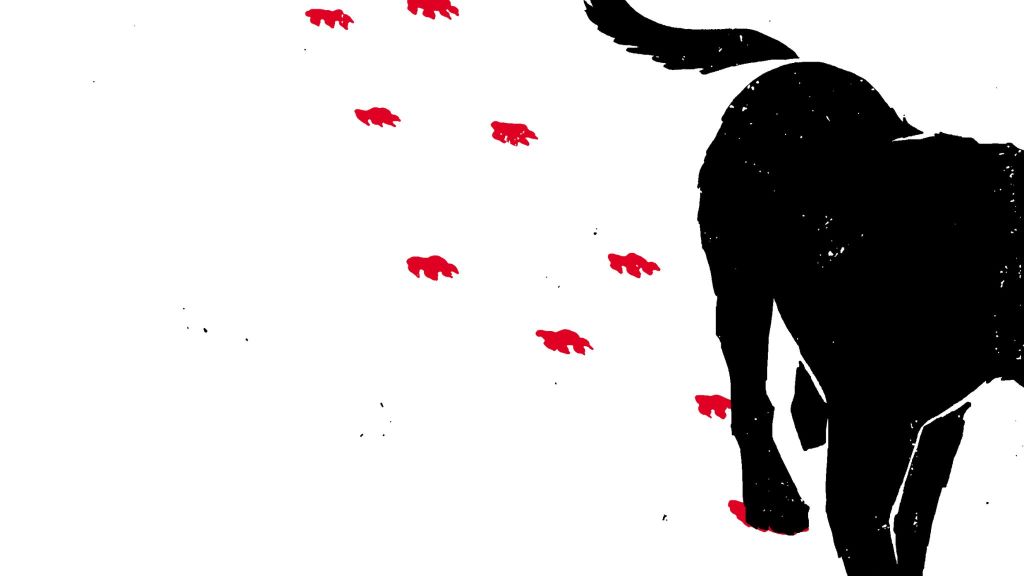
Yes, two issues from the same series are cutting this list! Hawkeye #11 may not get the same attention as Hawkeye #19 for groundbreaking portrayals, but it is still a silent comic worth reading. Also, unlike the other issue, this one doesn’t have a human focus. Hawkeye #11 has a different language lesson, instead telling the story of Lucky the Pizza Dog. Providing readers with a story from an animal’s point of view has become more common over the years, such as Jeff’s comic series. However, Lucky is just that, a lucky dog. There’s no magic allowing Lucky to tell his story with words. Instead, we must rely on David Aja’s artwork to bring this story to life. In other words, while there is the occasional speech bubble to be found, only a word or two out of each phrase makes it through, showcasing Lucky’s limited understanding of the human language. This truly is a portrayal from an animal’s perspective.
Spider-Girl #41 (2002)
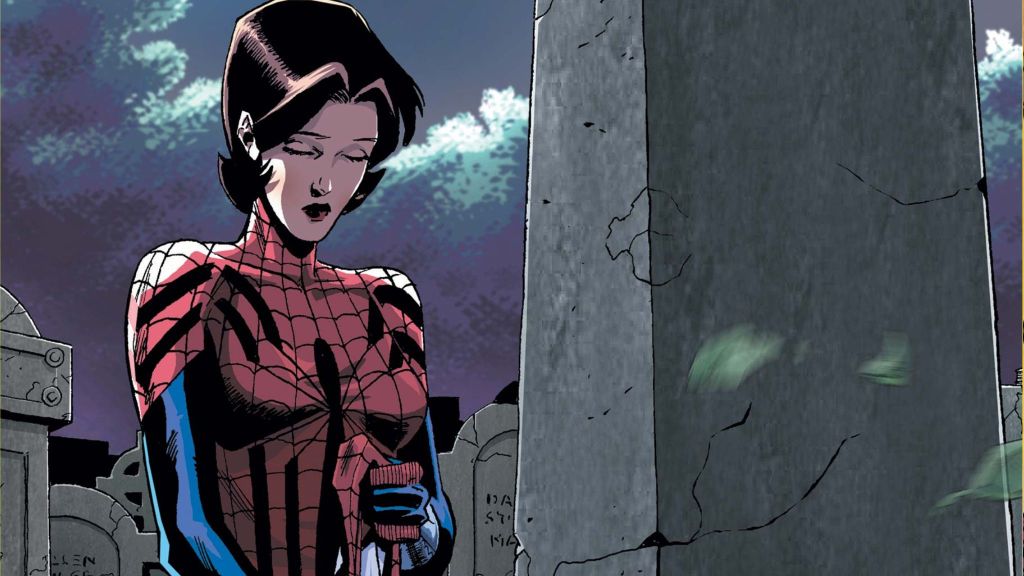
Most people have likely experienced a grief so profound that it defies description. We lack the words to express our emotions, which can increase the feeling of isolation during this time. Created by Tom Defalco, Pat Olliffe, and Al Williamson, Spider-Girl #41 perfectly encapsulates those feelings of grief and isolation as Spider-Girl (Mayday Parker) deals with the loss of a friend. She is not only experiencing the trauma of loss but the guilt many heroes feel when they take responsibility. The entire issue is silent, minus a few news titles here and there. It drives the point home in a way that words likely could not have.
Daredevil #28 (2002)
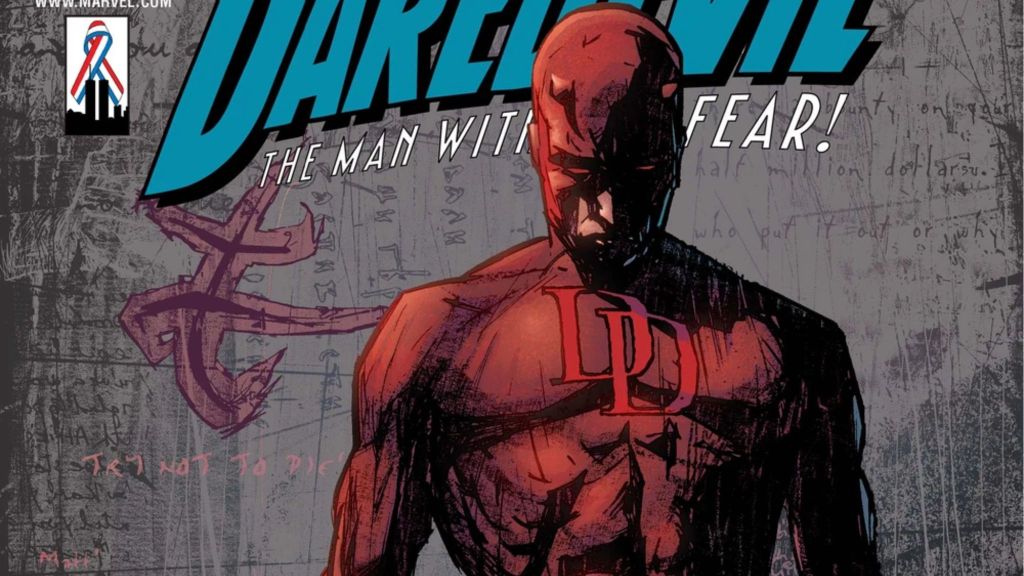
Daredevil #28 is yet another comic hailing from the ‘Nuff Said theme, and we’re still so grateful to have gotten so many silent stories from this time. Created by Brian Michael Bendis, Alex Maleev, and Matt Hollingsworth, this silent story pits Daredevil against several silent assassination attempts. It’s shockingly appropriately themed, given Matt Murdock’s life. This issue does a fantastic job of proving that even a complicated story (and character) can be told without words. It all kicks off with Elektra warning the hero of a bounty on his head, and throughout this issue, several known killers come out of the woodwork to try their luck against the hero. The battles are short and feel sharply contrasted against Matt’s silent processing of emotions, as readers well know the dark history Matt has been forced to survive.
[RELATED: 10 Best Daredevil Costumes in the Comics]
A Moment of Silence (2002)
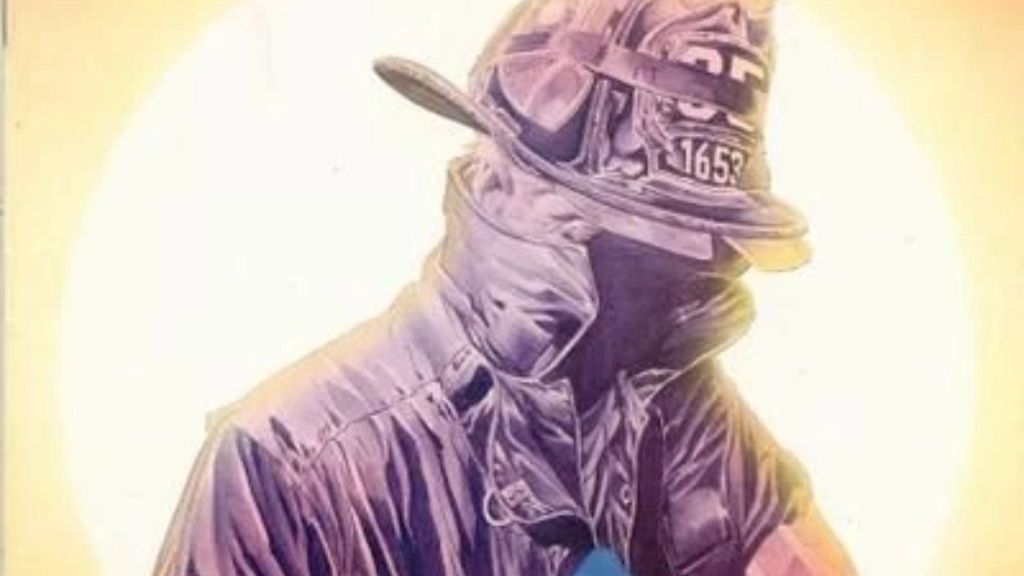
Not all comics are relegated to the world of fiction, as A Moment of Silence quickly reminds readers. While this issue may be part of the ‘Nuff Said Marvel movement, it stands out, as it should. Eight creatives took to these pages: Kevin Smith, Igor Kordey, Joe Quesada, John Romita Jr., Bill Jemas, Mark Bagley, Brian Michal Bendis, and Chuck Austen. Together, they tell of the heroic and heartbreaking sacrifices made during 9/11. It is appropriate that this comic came with no words, as no words could have done justice to the heroes who stepped up on this day.
Age of Reptiles (Series)
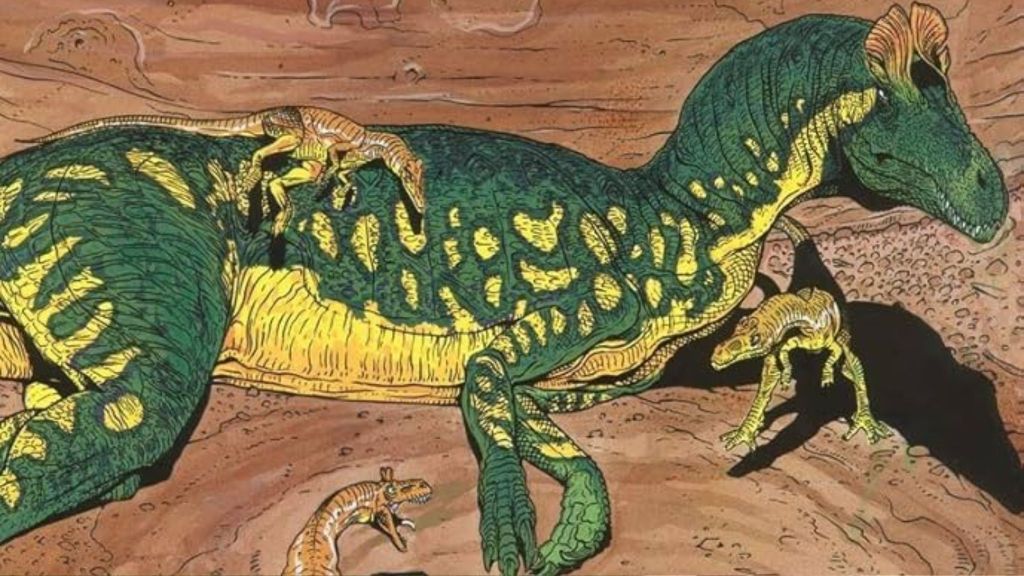
Silent comics are impressive, regardless of the scale. However, Ricardo Delgado blew readers out of the water with an extended series titled Age of Reptiles. Consisting of three miniseries, Age of Reptiles is over 350 pages of silent comics, all focused on the tales of, well, dinosaurs! Given its dinosaur base, readers may be tempted to think the series lacks a heart, but they would be wrong. In fact, it’d be best to grab a pack of tissues before diving into this series, as more than one point is likely to make a person cry. This series covers everything from tribal debates and warfare between two T. Rex families to revenge tales and everything in between. The cinematic style does not need words, as the emotions and motivations scream across every page.








